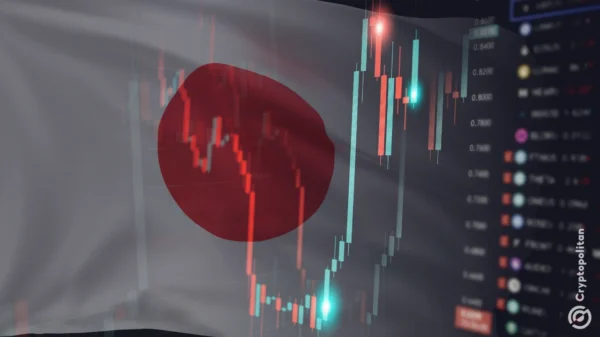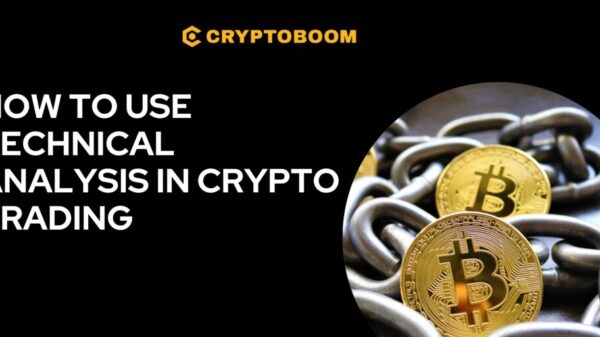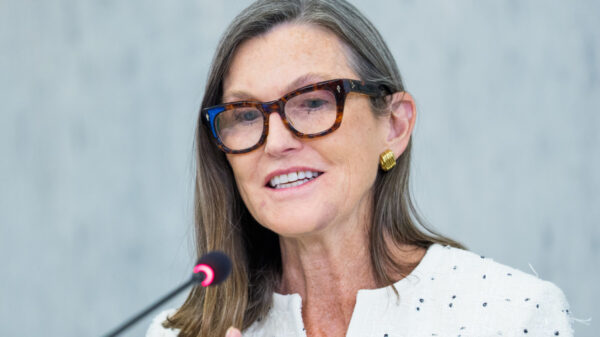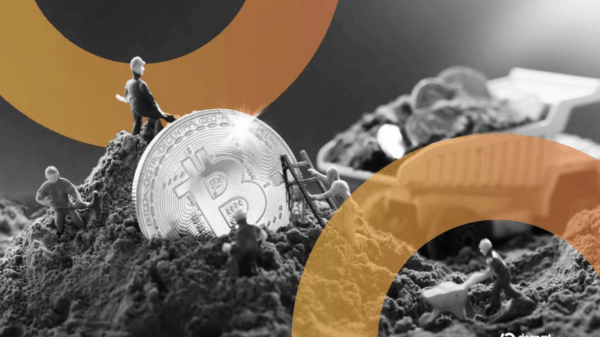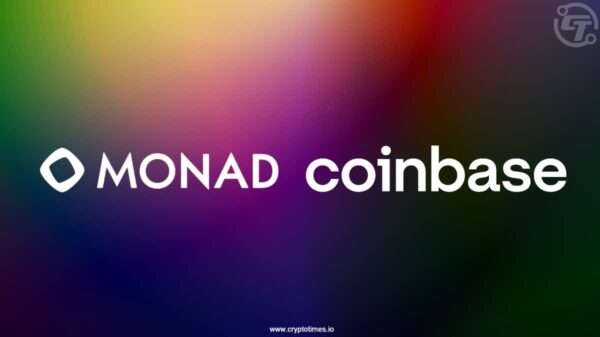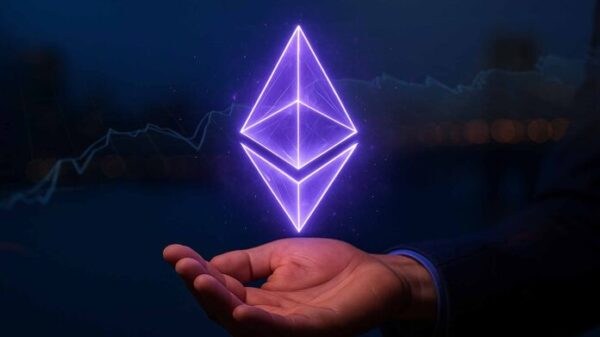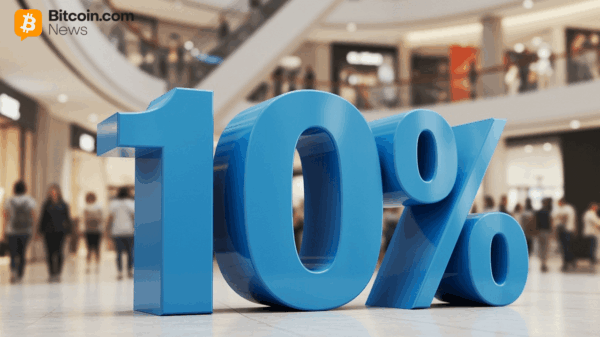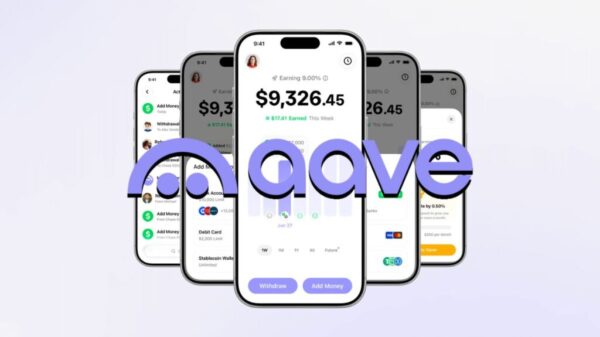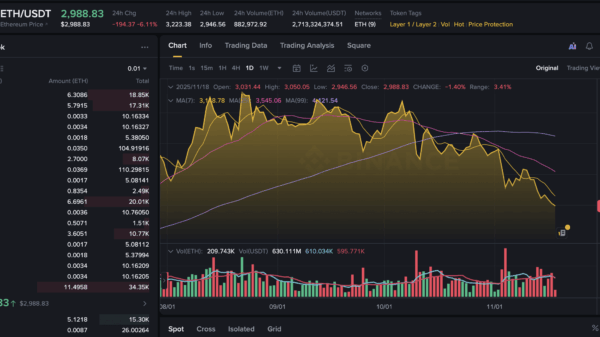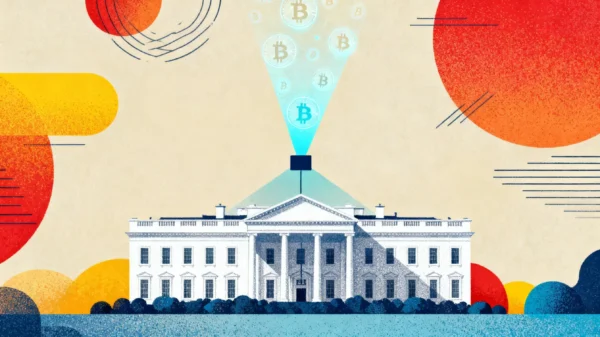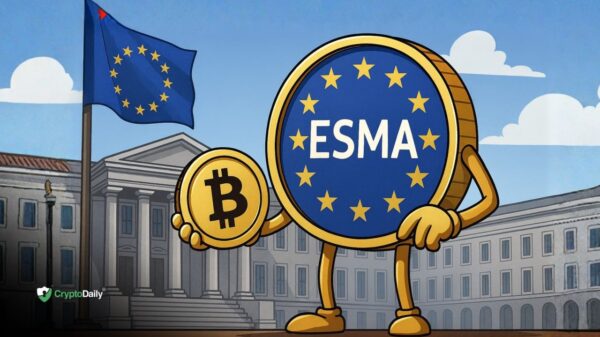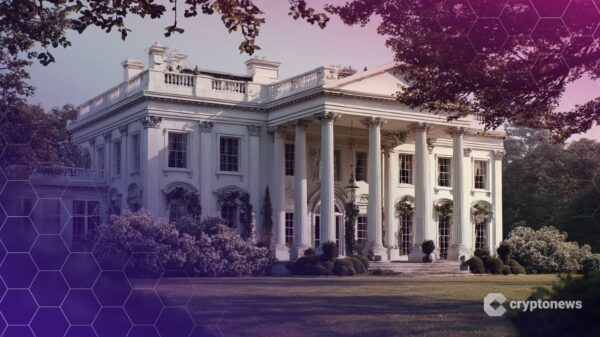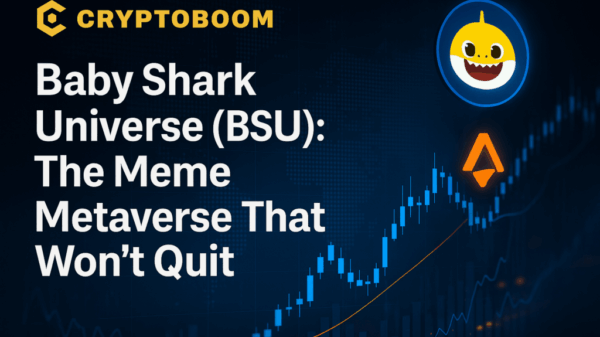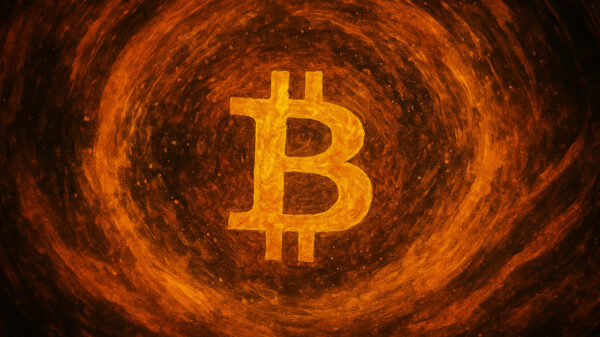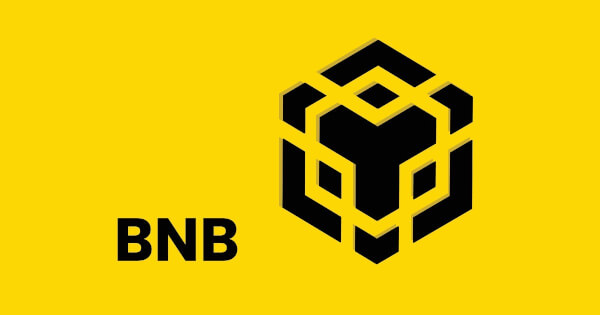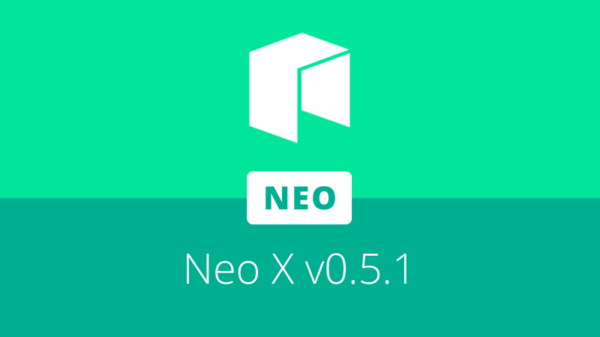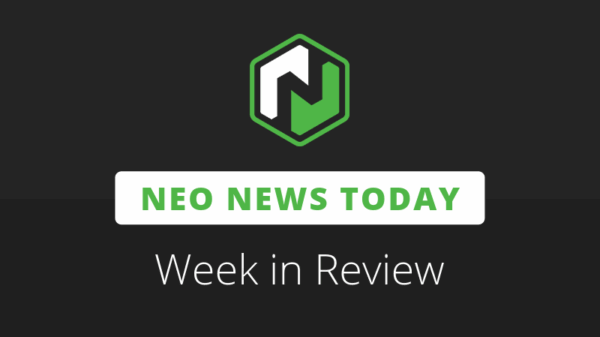In a significant advancement for the cryptocurrency sector, Bitfinex and Tether are set to launch the mainnet of the Stable blockchain, an innovative layer-1 blockchain designed specifically for stablecoin transactions. This launch is anticipated to redefine the use of stablecoins by designating USDT as the primary gas token, streamlining transaction processes for users.
The Stable blockchain aims to enhance the efficiency of stablecoin operations by focusing solely on transactions involving stablecoins. This specialization promises to deliver improved performance and heightened security compared to general-purpose blockchains. The decision to utilize USDT for gas fees simplifies the user experience, potentially making it a preferred platform for decentralized finance (DeFi) applications.
Advantages of Using USDT as a Gas Token
The implementation of USDT as the gas token brings multiple benefits for users. By eliminating the necessity to hold various tokens for different functions, it significantly simplifies the transaction process. Users can expect:
- Simplified transactions: No need for conversions between tokens when paying gas fees.
- Predictable costs: Consistent gas fees denominated in USDT provide clarity for budgeting.
- Enhanced accessibility: The straightforward model is particularly appealing for newcomers to cryptocurrency.
- Improved liquidity: Users can better leverage their existing USDT holdings.
These advantages could make the Stable blockchain a standard in the industry, addressing a critical barrier to the widespread adoption of stablecoins: the complexity of managing multiple digital currencies for various purposes.
Challenges Ahead for the Stable Blockchain
Despite its innovative features, the Stable blockchain faces several challenges. Regulatory scrutiny is a major concern, especially considering Tether“s significant market presence. Furthermore, the network must demonstrate its technical reliability under real-world conditions to earn user trust.
Competition from existing layer-1 solutions poses another challenge. The Stable blockchain team must showcase definite improvements over current alternatives, including faster transaction speeds, reduced costs, and robust security measures. Fortunately, with the backing of Bitfinex and Tether, the project is well-equipped to tackle these obstacles.
Implications for the Future of Stablecoins
The launch of the Stable blockchain could signify a pivotal moment for the adoption of stablecoins. By establishing a dedicated framework for stablecoin interactions, it addresses specific needs frequently overlooked by general-purpose blockchains. This focused approach may lead to unprecedented innovations within the broader cryptocurrency landscape.
For developers, the Stable blockchain presents new avenues for building specialized applications. For users, it promises a more seamless and reliable experience with stablecoins. The forthcoming mainnet launch will serve as a crucial test to determine whether this specialized strategy can fulfill its ambitious goals.
In conclusion, the imminent debut of the Stable blockchain marks a significant stride toward optimizing blockchain technology for particular use cases. With USDT as its gas token and the support of industry leaders, this initiative holds the potential to transform interactions with stablecoins. While challenges exist, the distinct focus could unlock new opportunities within decentralized finance.
Frequently Asked Questions
When will the Stable blockchain mainnet launch?
The exact launch date is yet to be announced, but updates are expected soon from the team.
How does using USDT as a gas token benefit users?
It simplifies transactions by removing the need for separate gas tokens and ensures price stability for transaction fees.
Who is behind the Stable blockchain development?
The project is spearheaded by Bitfinex and Tether, leveraging their extensive experience in the cryptocurrency industry.
What differentiates the Stable blockchain from other layer-1 solutions?
It specializes exclusively in stablecoin transactions, unlike general-purpose blockchains.
Will the Stable blockchain support other stablecoins apart from USDT?
While USDT is the primary focus, there may be plans to support additional stablecoins in the future.
How can developers build on the Stable blockchain?
Development tools and documentation are expected to be released around the mainnet launch date.


